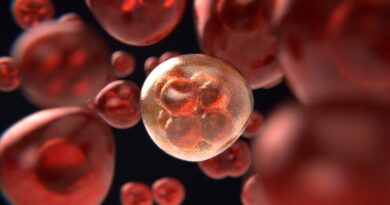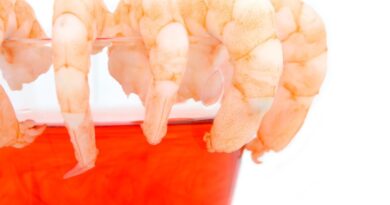Fruits that can check blurry vision in old age
Eat a lot of fruits and reduce the risk of losing your eyesight later in life. In some studies, it has been found that people who ate fruits at least three times per day were found to have more than one-third (36 percent) lower risk of developing a wet form of an eye condition called age-related macular degeneration (AMD).
People with macular degeneration (also known as maculopathy) have a blurry or distorted central vision, and sometimes see shapes and colors that are there. The macula, a small area at the center of the retina, resides at the back of the eye and converts light into finer images, for example when reading or recognizing people’s faces.
The researchers at The National Eye Institute, US, found that the protective effect of eating fruits was only seen for the wet form of macular degeneration and the results were similar for men and women. Oranges and bananas were found to be associated with the greatest reduction in risk of AMD.
However, eating vegetables does not lower AMD. The studies failed to show any protective effect of antioxidant vitamins and carotenes.
According to the researchers, the antioxidants in fruit may help protect macular cells in the retina by mopping up free radical molecules. These free radical molecules, which are produced by the body’s normal chemical reactions, are thought to cause irreparable damage to the macula. By neutralizing free radicals before they can attack macular cells, antioxidants can help to protect a person’s sight.
Bits About Old-Age Eye Disease
- Age-related macular degeneration (AMD) is the most common cause of sight loss in people aged 60 years and above. In 90 percent of people with AMD, the cells of their macula slowly stop working.
- In the case of dry AMD, people notice little change in their vision. In others (wet AMD), the disease progresses faster and may lead to a loss of vision in both eyes. Dry AMD can turn into wet AMD at any time.
- Smoking raises the risk of developing AMD. High blood pressure or family history are also important risks. Vision testing, ophthalmoscopy and fundus photography are tests performed to detect AMD. Use UV protector sunglasses. Shine the light directly on your reading material. Carry a magnifier.
- People who have diets rich in green leafy vegetables have a lower risk of developing AMD. There are two treatments for wet AMD: laser surgery and photodynamic therapy. The disease and loss of vision may progress despite treatments.




